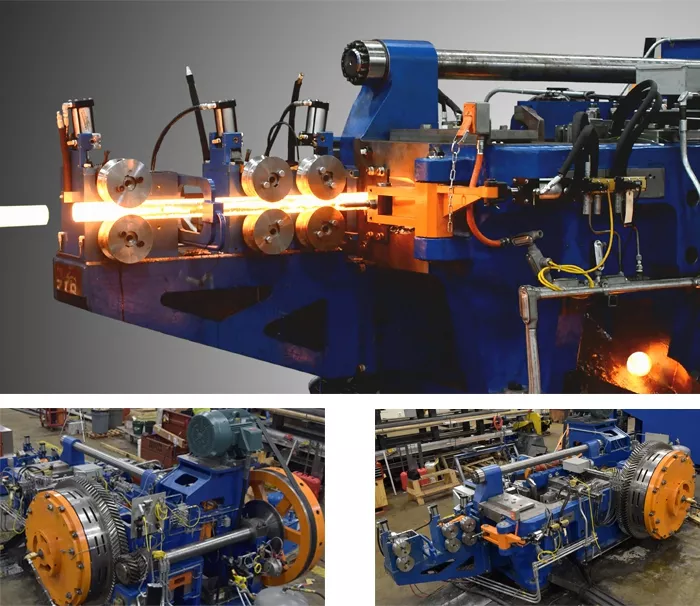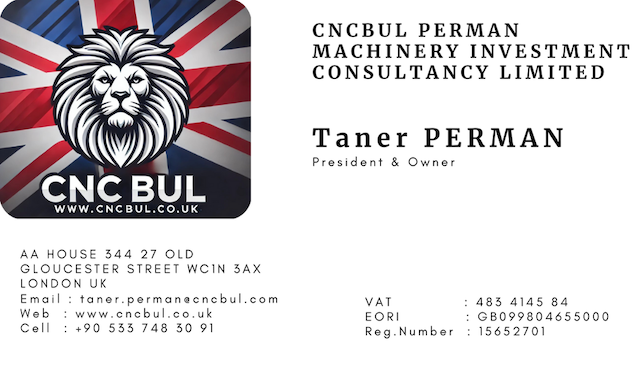What is Upset Forging Machine?
An upset forging machine, also known as an upsetter, is a type of forging press specifically designed to increase the diameter of a workpiece by compressing its length. This process is known as “upsetting,” a term derived from the way the material flows and becomes upset under the compressive forces.
Technical Explanation:
- Basic Principle:
- Upsetting Process: Involves clamping a portion of a heated metal workpiece and applying compressive force along its axis, causing the material to expand radially. This increases the diameter of the section being upset while reducing its length.
- Components and Functionality:
- Clamping Mechanism: Holds the workpiece securely in place to prevent movement during the forging process. Typically involves dies that close around the workpiece.
- Header Slide: Applies the compressive force to the workpiece. This part of the machine moves horizontally or vertically to deform the heated metal.
- Die Assembly: Consists of stationary and moving dies that shape the workpiece as it is compressed.
- Flywheel and Clutch: Drive the header slide, providing the necessary energy to deform the metal. The flywheel stores kinetic energy, which is transferred to the header slide via a clutch mechanism.
- Control System: Regulates the operation of the machine, including the movement of the header slide and the clamping mechanism.
- Process Description:
- Heating: The workpiece is first heated to a suitable forging temperature, making it more malleable and easier to deform.
- Clamping: The heated workpiece is placed into the dies, and the clamping mechanism secures it.
- Upsetting: The header slide moves forward, applying a compressive force to the end of the workpiece. The material flows outward, increasing the diameter of the section being upset.
- Releasing: After the upset is complete, the clamping mechanism releases the workpiece, and it is removed for further processing or cooling.
- Applications:
- Automotive Industry: Used to form components like axle shafts, gears, and bolts.
- Aerospace Industry: Manufacturing of critical fasteners and structural components.
- General Manufacturing: Production of parts requiring specific dimensional changes, such as valve components and connecting rods.
Advantages:
- Precision: Capable of producing components with tight tolerances.
- Efficiency: High production rates due to automated operation and quick cycle times.
- Material Utilization: Minimal waste as the process involves precise deformation of the workpiece.
Example:
A typical 2-inch upsetter might have specifications such as a header slide load rating of 400 tons, die grip rating of 248 tons, and capability of operating at 55 strokes per minute. These machines are robust, with substantial weight and size to handle the intense forces involved in the forging process.
Upset forging machines are essential in industries requiring robust and precise components, making them a crucial part of modern manufacturing processes.


